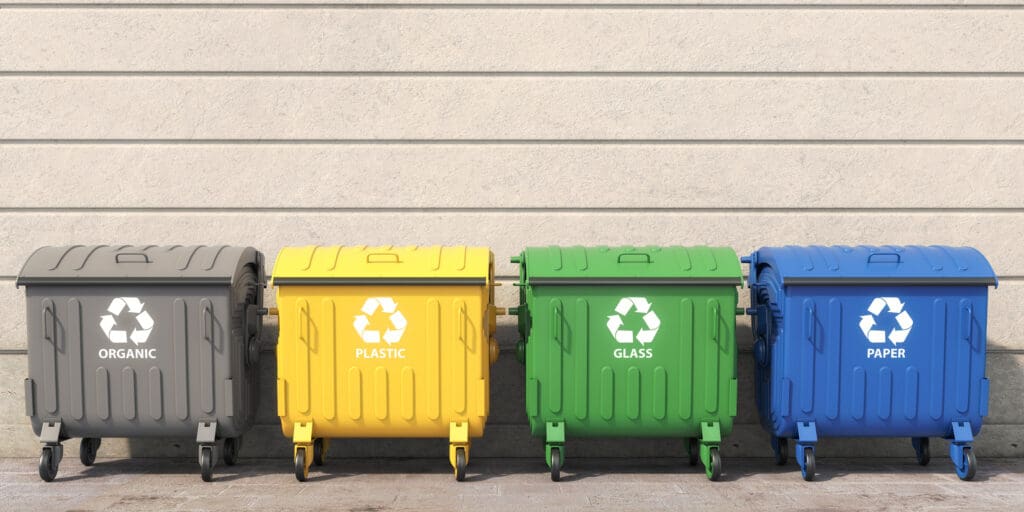Working Your Content for the Buyer’s Journey

The use of content in your marketing campaigns, website, social media accounts, and other various online areas is essential these days if you want your company to succeed and grow. You must remember, however, that it’s not just the content itself that’s important — it’s the type of content and how you use it. This is a big part of all marketing endeavors, but especially true in how it relates to the Buyer’s Journey.
Understanding the Buyer’s Journey
Before you can begin working your content into the Buyer’s Journey, you must first understand what this journey entails. When we refer to the Buyer’s Journey, we’re looking at the active research process that a potential customer goes through leading up to a purchase of either a product or service. There are three basic stages of this process:
- Awareness Stage — This is the starting point where the potential customer has identified a need, whether it is a product or service.
- Consideration Stage — Once identified, this person will seek ways to fulfill the need. At this point, the person is considering all possible solutions to the problem at hand.
- Decision Stage — The potential customer has poked around a bit and is in the midst of narrowing down the solutions to his or her need. Once the list has been narrowed down enough, a decision will be made.
The Buyer’s Journey always happens, no matter what type of product or service the potential customer is interested in. Whether a person has a need for a cleaning product to wash their car, a real estate agent to sell their house, or even a video game to have some fun with — the journey always has these three basic stages in one form or another.
Working Your Content
The goal here is to find a way that the content you create will not only be the correct type of content, but that it will reach the right person at the right time. If you can do this, you have a much higher chance of pulling that prospective client over to your own product or service. This strategy is accomplished by following the same three stages and tailoring your technique for each one, like so:
- Awareness Stage — In the beginning, information about a product or service will be sought. For this stage. potential customers are likely to seek out content available in eBooks, white papers, analyst reports, eGuides, and editorial content. To make the most of this stage, you need to find ways that your content will indicate troubleshooting, improvement, prevention, risks, upgrading, optimization, and resolution.
- Consideration Stage — This next stage represents a more in-depth search for information and is often more casual in nature, depending on the product or service being sought after. This is where content that you’ve developed in way of videos, podcasts, solution comparison white papers, webcasts, and expert or editorial eGuides will come in handy. If you want to catch a potential customer’s attention at this stage, you must be concerned with terms relevant to their search such as device, software, tool, appliance, supplier, provider, service, and solution.
- Decision Stage — This is where things get serious. We’re talking about product literature, trial downloads, consumer/professional reviews, case studies, vendor/product comparisons, and even virtual trade shows. For this stage, people are going to be paying attention to keywords such as compare (or comparison), versus (or vs.), pros and cons, benchmarks, review, and test (or testing).





